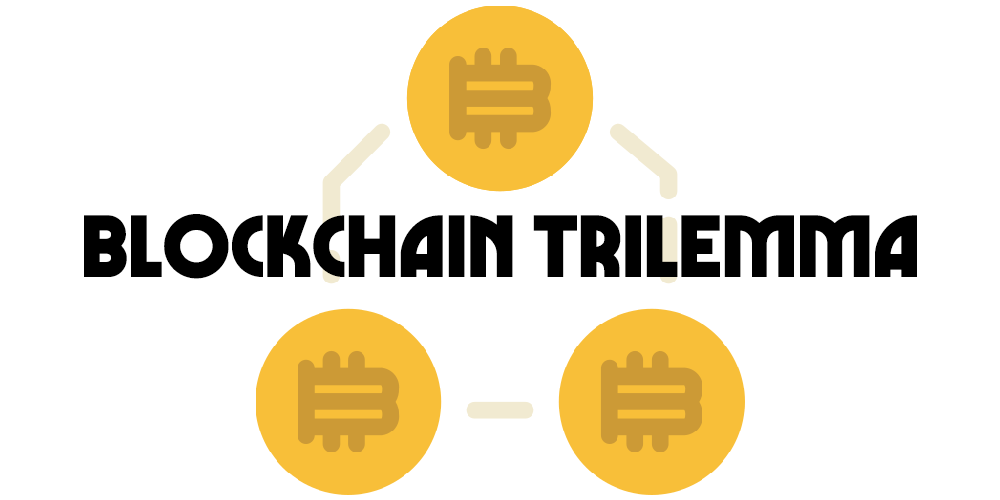Blockchains have a limit on how many transactions they can handle per second. For instance, the Bitcoin network can only process about seven transactions per second. To be used worldwide, blockchain technology needs to handle more data and faster speeds so that more people can use it without it being slow or costly. However, many decentralized networks face a challenge: as scalability increases, decentralization or security may weaken. This is called the blockchain trilemma. Developers are trying out various consensus mechanisms and scalability solutions like sharding, sidechains, and state channels to address this issue.
Why the blockchain trilemma exists
The simplest and fundamental answer to the mentioned issue is to decrease the number of participants who verify and contribute to the network data in order to achieve larger scale and faster speed. However, implementing this solution would result in a decrease in decentralization, as control would be given to a smaller group of participants. Additionally, it would also weaken the security since having fewer players increases the likelihood of attacks.
The trilemma arises from the challenge of balancing decentralization and security in blockchain design, which makes scaling difficult. Improving one aspect can compromise the others. How can we enhance scalability without sacrificing decentralization or security?
Solving the blockchain trilemma
There isn’t a single perfect answer to the trilemma. However, because it’s crucial to find a solution, various methods have been tried by the community, leading to some intriguing outcomes. Let’s take a look at a summary of the top advancements to help you grasp the current situation.
Conclusion
The scalability trilemma is a challenge for blockchain to fully realize its potential in revolutionizing the world. The limited number of transactions that blockchain networks can currently handle in order to maintain decentralization and security makes it challenging to achieve widespread adoption. However, developers are actively working on solutions to overcome this issue, and it is likely that blockchain will be able to handle larger amounts of data in the future due to ongoing technological advancements.
